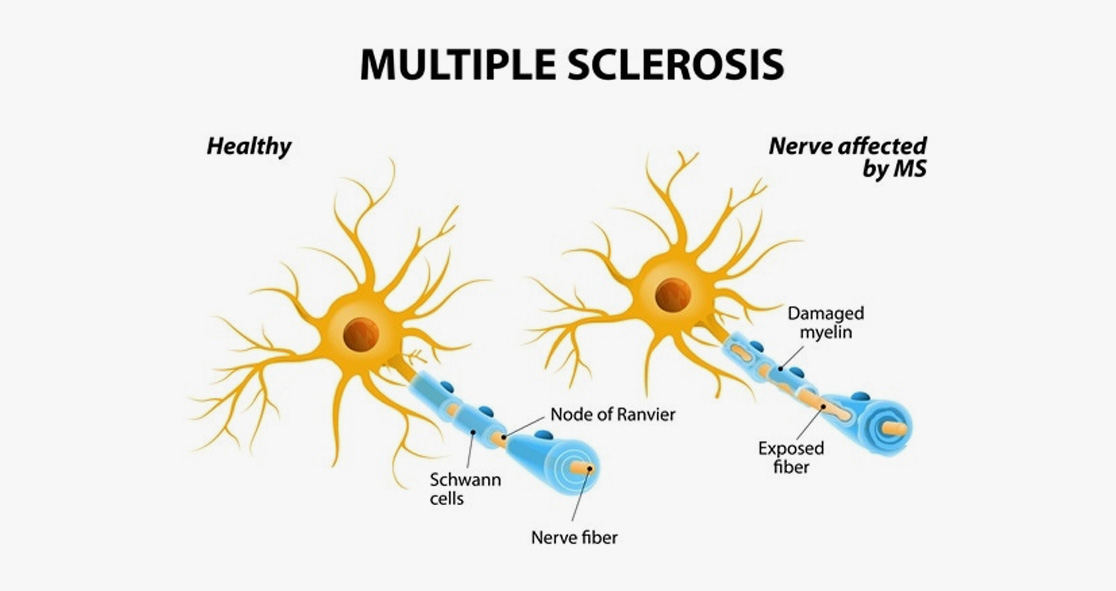A new study conducted on mice has found that reducing the amount of a protein made in the liver significantly offered protection against the development of Multiple Sclerosis (MS) and helped promote recovery in the symptomatic animals.
The study, published online Wednesday by Science Translational Medicine, could lead to a new strategy for the treatment of MS and other conditions associated with chronic inflammation.
The protein, called Reelin, was first discovered in 1997. It was found that Reelin helps the brain organize itself during development and assists in forming brain cell connections in adulthood.
However, researchers learned that Reelin was produced in the liver.
In 2016, Dr. Joachim Herz and his team at UTSW have shown that depleting the levels of circulating Reelin protected mice from atherosclerosis.
Now, Dr. Herz and Laurent Calvier of UTSW investigated the role of Reelin in MS. They found that “Reelin concentrations were about the same in patients in remission as those without the disease, but concentrations were elevated in patients during relapse.”
Their findings suggest that Reelin levels might correlate with the stages and complexity of MS. Also, their findings suggest that lowering Reelin levels could pave the way for a new strategy to treat MS.
The new treatment strategy was effective in mice that already had symptoms of MS. It helped reduce paralysis severity and promote healing.
Dr. Herz and Calvier explained that reducing the ability of immune cells to accumulate and cause inflammation by reducing Reelin levels could represent a new treatment strategy for patients with MS, a serious neurodegenerative disorder.
“We think we can use this intervention for a wide range of inflammatory diseases that have been difficult to therapeutically address,” Dr. Herz said. “We are now in the process of testing this in animal models for these human diseases,” he added. “In preparation for future human clinical trials, we are also working at humanizing a monoclonal antibody that can clear Reelin from human blood.”





















